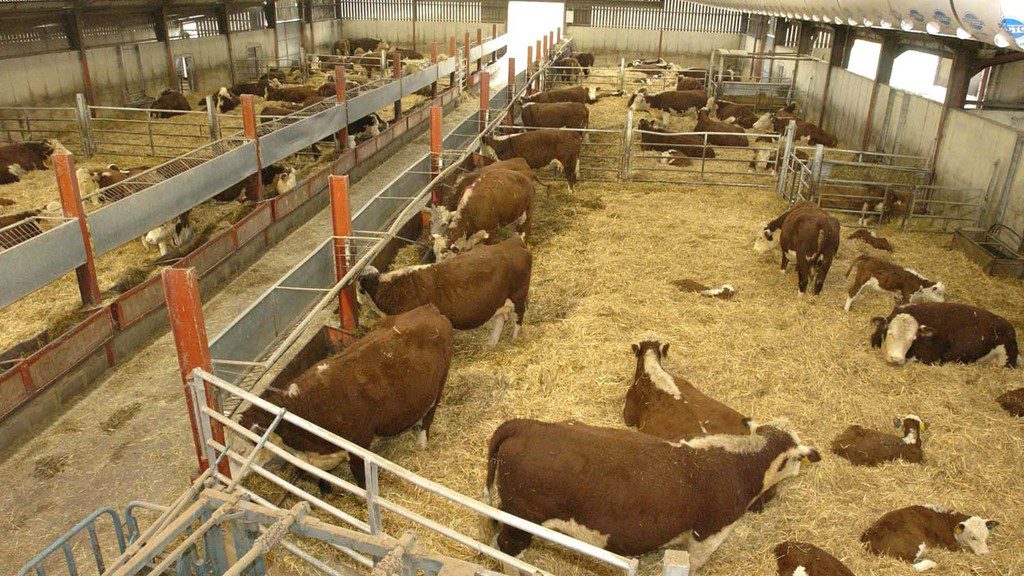The term animal handling refers to how humans work with animals and their interaction, including all species and all aspects of engaging with them. Successful handling of livestock requires an understanding of their natural instincts and behaviour. For instance, cattle, sheep, and goats are herd animals – they like to follow each other, and if an animal separates, it will always try to return to the mob.
Proper and adequate animal handling is a fundamental part of a good and high-quality animal husbandry. It is good for the animals, it creates a desirable working environment and it will ultimately benefit the customers you serve. Livestock handling should aim to minimize stress both for the benefit of the livestock and the operator as well. Moreover, stress-free animals also means better meat quality

Furthermore, livestock handling is associated with a considerable number of health and safety issues. Inadequate livestock handling equipment can be one of the factors that lead to fatal and nonfatal injuries. The many animal handling tasks on a farm include moving the cattle from one location to another, vaccination, administration of medication, hoof care, artificial insemination, ear tagging, milking and loading onto trucks. In order to reduce the number of possible injuries while performing all these tasks, you need to invest in a proper and high-quality livestock handling equipment. Some of these include ear tags (for best retention and high visibility), padded web halter (for show days or rally competitions), hoof shears, fly masks, and the sheep or goat webbing halter. Besides the right types of tools and suitable equipment, good care when in close proximity to the animal is also key for safe handling.

When it comes to reducing stress, another adjustment in the working routine that can easily be made is to refrain from yelling. It has been found in numerous research studies that loud yelling and loud whistling near an animal’s ear is as stressful as an electric prod. Loud noises and banging often frighten the animals and can get them stirred up and excited, which is bad for the handler too. Calm livestock is much easier to sort and move through working facilities.











